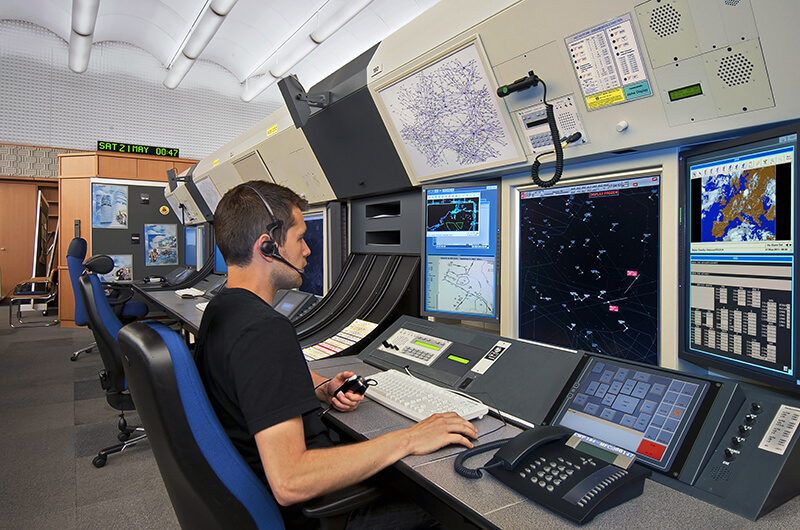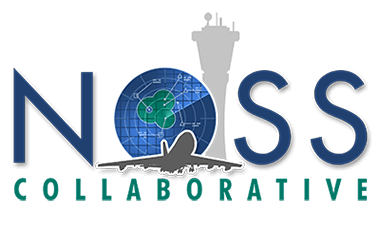Ten Operating Characteristics
Ten Operating Characteristics

Over-the-shoulder observations during normal shifts
Anonymous, confidential, and non-punitive safety data collection


Voluntary participation

Trusted and trained observers
Observers are critical to NOSS success. Observers must be trusted and respected by controllers, or they will refuse to be observed or demonstrate “angel performance.” Observers must be properly trained to adhere to NOSS protocols and record quality data.
Most NOSS observers are operational controllers from the units conducting NOSS, which helps those units to feel a partner in the process. NOSS observer teams are sometimes augmented with observers from (similar) external units or various departments that support the operation (training, safety, procedures & standards, etc.)

Joint management / association support
Joint management and controllers’ association support can greatly enhance controller acceptance of NOSS, thus increasing trust and the quality of the data collected as well as yield benefits during the post-NOSS safety change process.
NOSS has been cited as a jointly supported activity at several ANSPs that improved relations between management and front-line staff.

Systematic data collection instrument based on Threat and Error Management (TEM)

Trusted data collection site
NOSS data must be sent to a sort trusted by management, observers and observed controllers to prevent concerns for data being misused. The more comfortable observers and observed controllers are with confidentiality and data security, the more comfortable they will be to demonstrate and record “natural performance,” thus increasing the quality of the data collected.
When working with the NOSS Collaborative to implement NOSS, all observations are typically sent directly to the NOSS Collaborative.
Data verification process


Data derived targets for safety enhancement
Feedback of results to controllers

